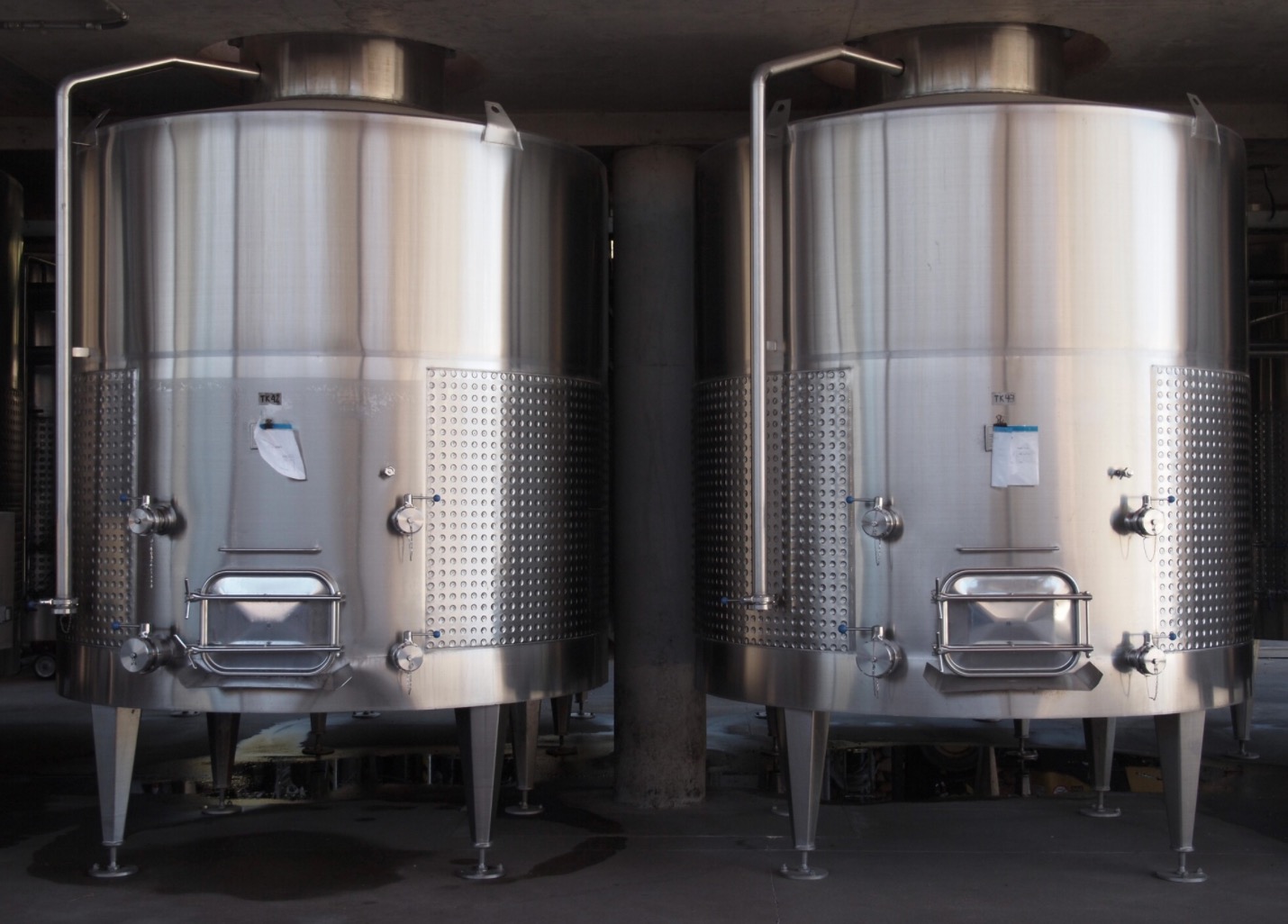The Complete Guide to Choosing the Perfect Wine Tank and Everything Else You Will Need

The wine industry is a constantly growing market, though unfortunately, making it is not as simple as turning water into wine. There are many beneficial and convincing reasons for individuals to make their own wine. But before beginning, it is essential to consider fermentation before beginning the winemaking process.
What Is Fermentation?
Fermentation is an essential step of wine production and is where grape juice from crushed grapes is converted into alcohol. It can last anywhere from a few days to a few weeks, and the stages of fermentation differ based on the variety of wine (and there are many more aside from just red and white). During fermentation, yeast — microbiological friends, convert grape sugars into alcohol. And then there’s carbonic maceration, which refers to the process of using the whole grape during the fermentation process and is commonly known as whole cluster fermentation. This process requires no addition of yeast and relies on the natural enzymes in the grape that, in a carbon dioxide-rich, oxygen-free environment, convert the sugars into alcohol. Having the correct wine tanks is crucial to ensure proper fermentation regardless of which process one chooses.
Wine Tanks
Wine tanks aid the fermentation process and ensure yeast grows properly, oxygen is controlled, and they prolong the aging of wine. Not all fermentation tanks for wine are created equal. Certain tanks make the wine smoother, fuller, or fruitier in taste. They are also used for many purposes, including clarifying and removing tannins, proteins, and other solids. Wine tanks are made from a variety of materials. The three most popular vessels are stainless steel, concrete, and oak. Each one allows different quantities of oxygen to reach the wine within. When choosing a material, remember how each will affect the wine’s profile differently.
Oak
With an oak vessel, there is a more gradual flow of oxygen that reaches the wine. This results in a wine with softer tannins. Additionally, the amount of toast on the oak barrel will affect the wine’s flavors.
Concrete
Concrete tanks come in various shapes, like square, rectangular, or egg-shaped. Some are left open, and others are locked tight to prevent oxygen from reaching the wine. Concrete imparts a neutral flavor, but sometimes it can give the wine a mineral taste.
Stainless Steel
Stainless steel wine tanks are a popular wine fermentation choice. The tank stays closed when it is not in use. Inert gas fills up any space in the tank and displaces oxygen. Stainless steel also does not impart any distinct flavors onto the wine. They are an excellent choice for wines that need to stay cold while fermenting since they have the best chilling capabilities.
Tank Sizes
The size of wine tanks is important in ensuring they meet specific needs. Storage and fermentation tanks range in size from 250 gallons (about 946.35 L) to 8,000 gallons (about 30283.28 L) on average but can be substantially larger.
Smaller wineries might want to look at tanks that are a good size for small-batch processing and portable tanks that can be easily moved around with a pallet jack or forklift. A medium-sized winery could invest in larger tanks if they have room for growth. Bigger isn’t always better, especially if you’re a larger winery making several different varieties of wine.
One thing you’ll also want to consider is how much the tank costs. Storage tanks tend to be less expensive because they’re smaller. When figuring out the cost of a wine tank, factor in pricing for the following items:
- Tank stands
- Bins
- Tank washers
Many vintners don’t consider the cost of accessories for their wine tank and end up going over budget.
Additional Accessories for Wine Fermentation
There are other items to buy to ensure a seamless wine fermentation process.
Sample Valve
Allows small samples to be extracted for lab work or tasting. This valve is more efficient than using a racking valve.
Cooling Jacket
Allows cool water/glycol to go through the space between the regular tank wall and the jacket. Temperature control is critical to the winemaking process from when the must (juice) exits the press through fermentation, aging, and bottling. A wine that ferments at too high a temperature can taste cooked, and the yeast may die prematurely.
Thermometer and Thermowell
Thermowells are cylindrical fittings used to protect temperature sensors installed in industrial processes. This allows you to monitor the inside temperature of the wine tank. You’re able to receive accurate readings of the temperature inside the tank while maintaining health and hygiene standards.
Leveling Feet
This allows water, wine, or any other liquid to drain easily without creating a mess. Leveling feet for your wine tank keeps them upright even if they are on a sloped floor.
Fermentation Manway
When fermenting red wine, you want an effortless way to clean the tank. A fermentation manway is a sloped channel installed into the wine tank’s base. It is specially designed to easily remove red wine solids after fermenting.
Pump Over System
Another thing that can occur during red wine fermentation is the solids from the wine grapes coming to the top of the tank, forming a “cap.” This can be very thick and trap a large amount of pressure, making it difficult to punch down. This system helps winemakers draw the liquid from the bottom and pump it over the cap, which gets it wet, breaks it down, or weakens it.
Invest in High-Quality Wine Tanks for Your Winery
Having the right stainless-steel wine tanks for your winery is essential. They enable the fermentation of crisp, high-quality wine without absorbing added flavors from the tank itself.
To learn more about Glacier and accessories, contact one of our specialists who can aid in finding the proper equipment for making wine.
